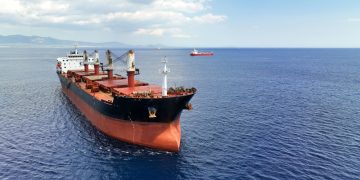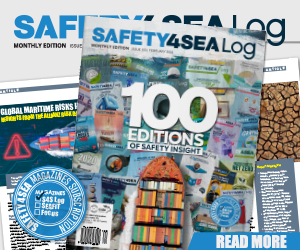Smart Green Shipping has initiated on-land testing of FastRig, an aluminum wingsail designed to use wind propulsion to deliver thrust to the ship and can reduce shipping emissions by up to 30%.
According to Smart Green Shipping, developed collaboratively with input from ship and cargo owners, the first FastRig was raised with support from MOL Dry Bulk, Scottish Enterprise, and private investors. On-land testing will evaluate safety, operational, and technical aspects, with visitors invited to observe FastRig trials in Hunterston, Scotland, starting in April.
Naval architects Humphreys Yacht Design and engineering firm Argo Engineering contributed to the design and construction.
Diane Gilpin, CEO of Smart Green Shipping, highlighted wind power as a crucial solution for emission reduction in the shipping industry, emphasizing its cost-saving potential. The on-land testing phase is pivotal for ensuring safety, reliability, and stakeholder input.
Over the past year, wind power has finally become a key part of the emission reduction conversation in the shipping industry as the need to decarbonise to remain compliant is embraced. Wind is the obvious solution – it’s abundant, freely and exclusively available to any ship equipped to harness it.
… the CEO said
A collaborative feasibility study predicted up to 20% emissions reduction per annum with FastRigs, with the latest design showing an additional 10% reduction, Smart Green Shipping claims.
Generally, wind propulsion technology is exceedingly embraced by the maritime industry. Just this month, it was announced that Union Maritime Ltd plans to construct two new LR2 tankers equipped with WindWings wind propulsion technology. Meanwhile, in early March, the Ville de Bordeaux, a 5,200-dwt cargo vessel built in 2004, emerged with three new 22-meter-high sails installed.
To remind, The International Windship Association (IWSA) has submitted a paper to be up for discussion at the upcoming meeting of the Marine Environment Protection Committee (MEPC 81) scheduled for March at the International Maritime Organization. The paper includes a detailed macro and micro economic analysis of the benefits of following a wind-hybrid decarbonisation pathway and an updated market analysis and case studies covering numerous wind propulsion solutions.


































































